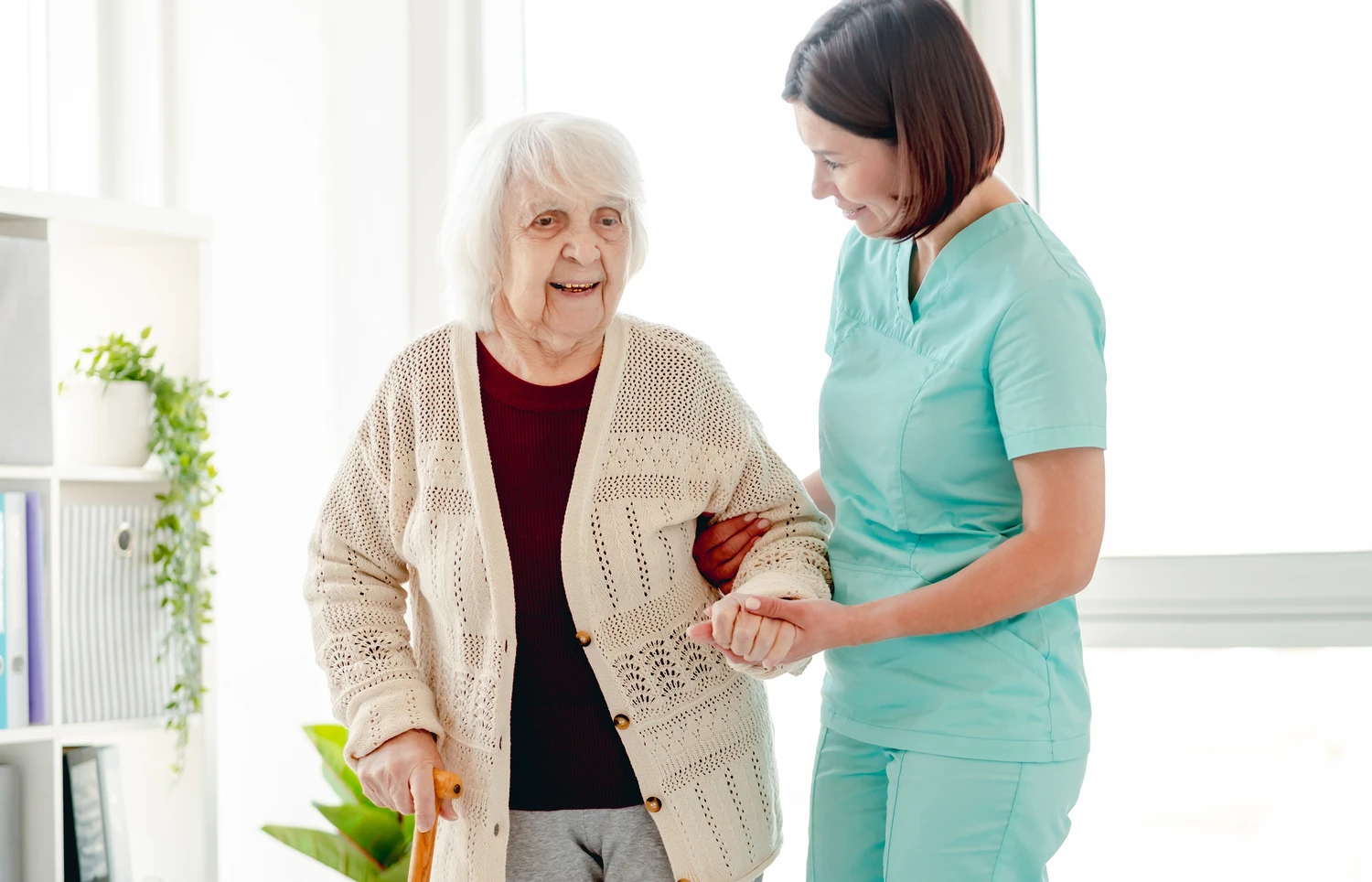Mrs. Gray, an 89-year-old resident, fell while walking unassisted down the hallway. She sustained injuries and was taken to a local emergency room. Mrs. Gray was found to have a subdural hematoma and a hip fracture. She died the next day. You are left asking what went wrong and could this have been prevented?
Fall Prevention. These two simple words hold tremendous meaning for facilities that care for high-risk populations. Falls are a serious health risk. But you can take measures to prevent them.
National Fall Prevention Awareness Week’s theme “From Awareness to Action” highlights the significance of identifying residents’ risks and implementing evidence-based measures to prevent falls. Individualized, person-centered care is key. A comprehensive assessment is necessary in developing a personalized care plan and interventions. Intrinsic risk factors, such as poor vision, muscle weakness and gait disturbances, pose challenges that can be overlooked. An interdisciplinary team approach is important to identify interventions and address these challenges.
Identifying and correcting extrinsic factors can immediately decrease fall risk. Evaluate the physical environment of your facility. Improve lighting in dimly lit hallways and rooms. Look for tripping hazards such as uneven floors, slippery surfaces, or obstacles. Check rails and grab bars. Assess your residents’ assistive devices to make sure they are intact and functioning properly.
While it is important to be aware of falls risk, taking action makes all the difference. Evaluate your current state, identify your risk, and make necessary changes. Master your risk to protect your residents and improve your outcomes!


